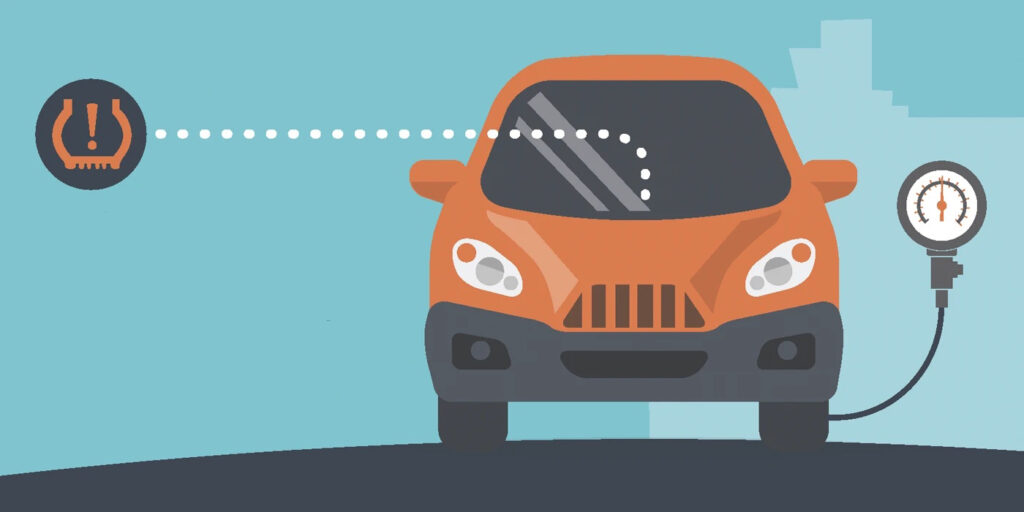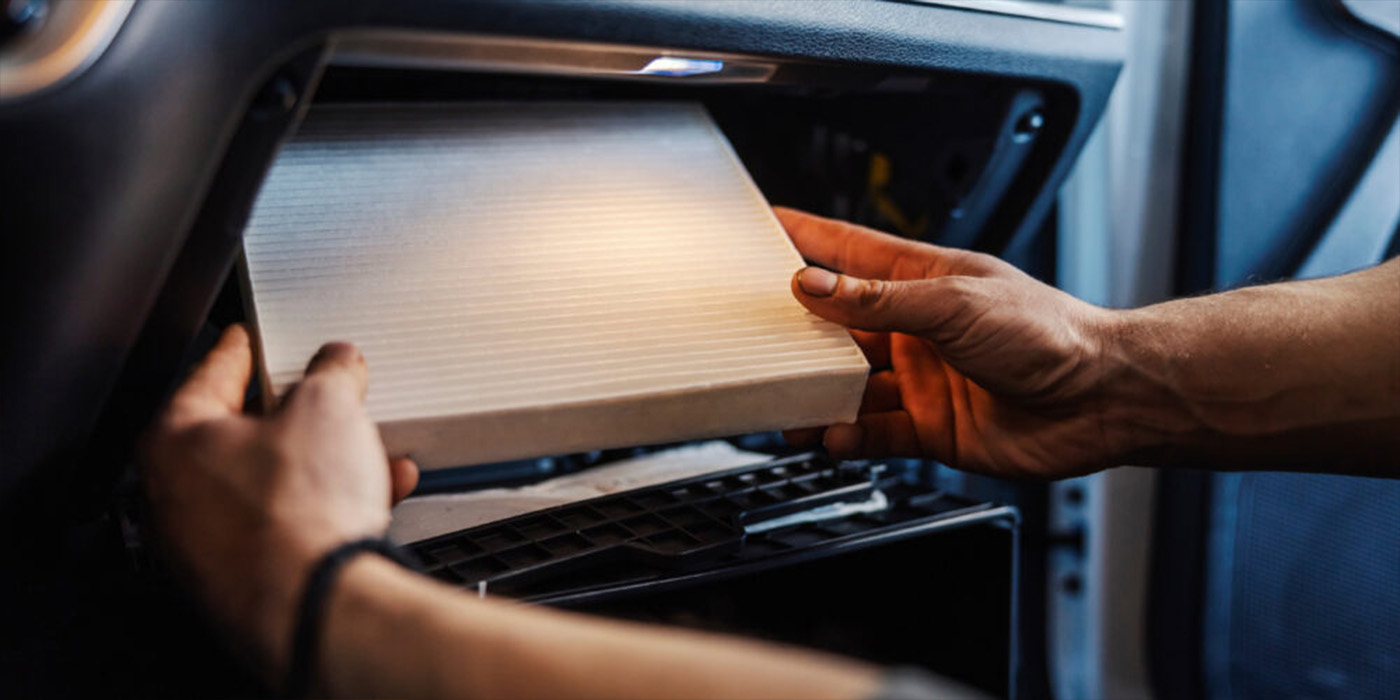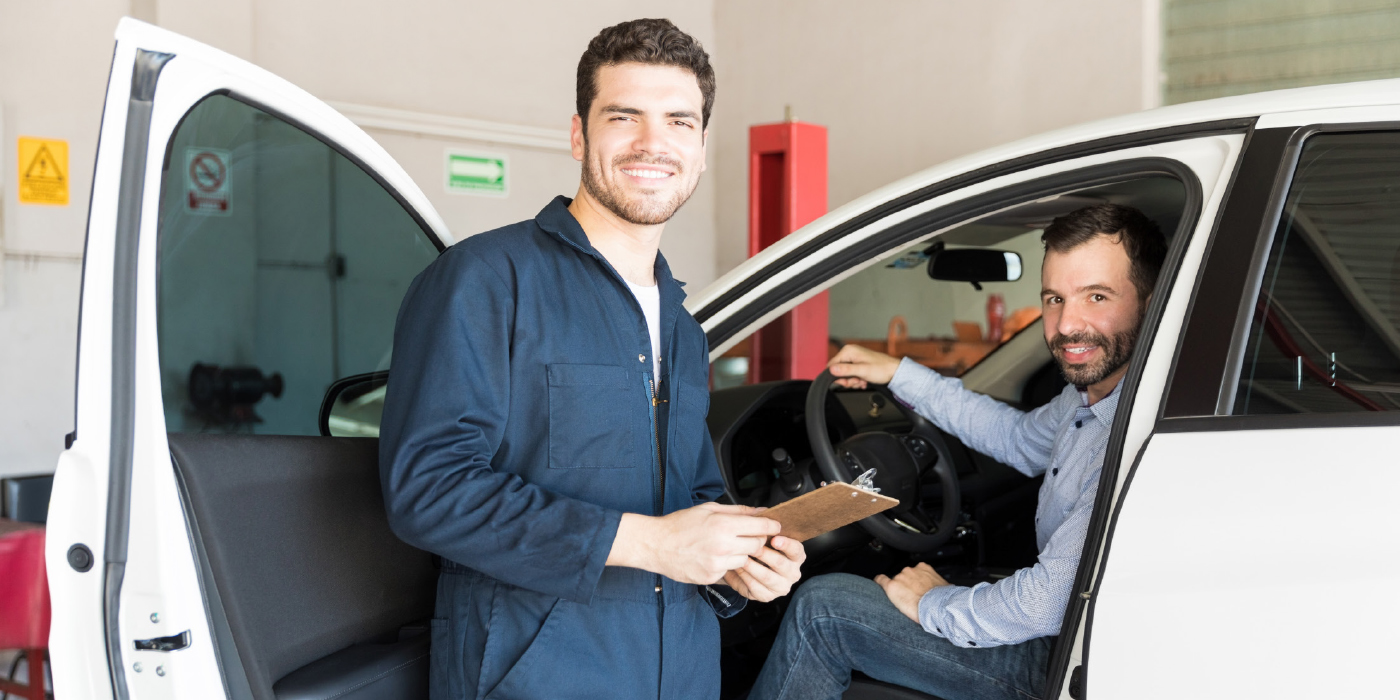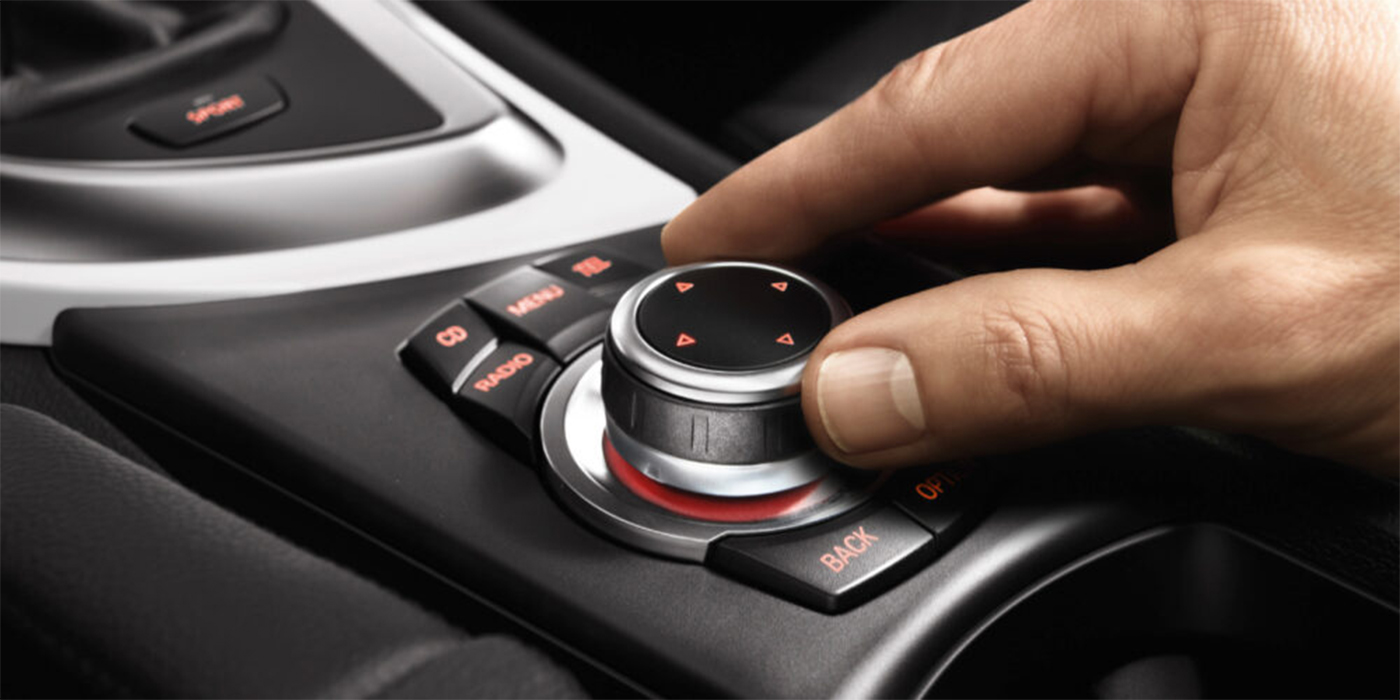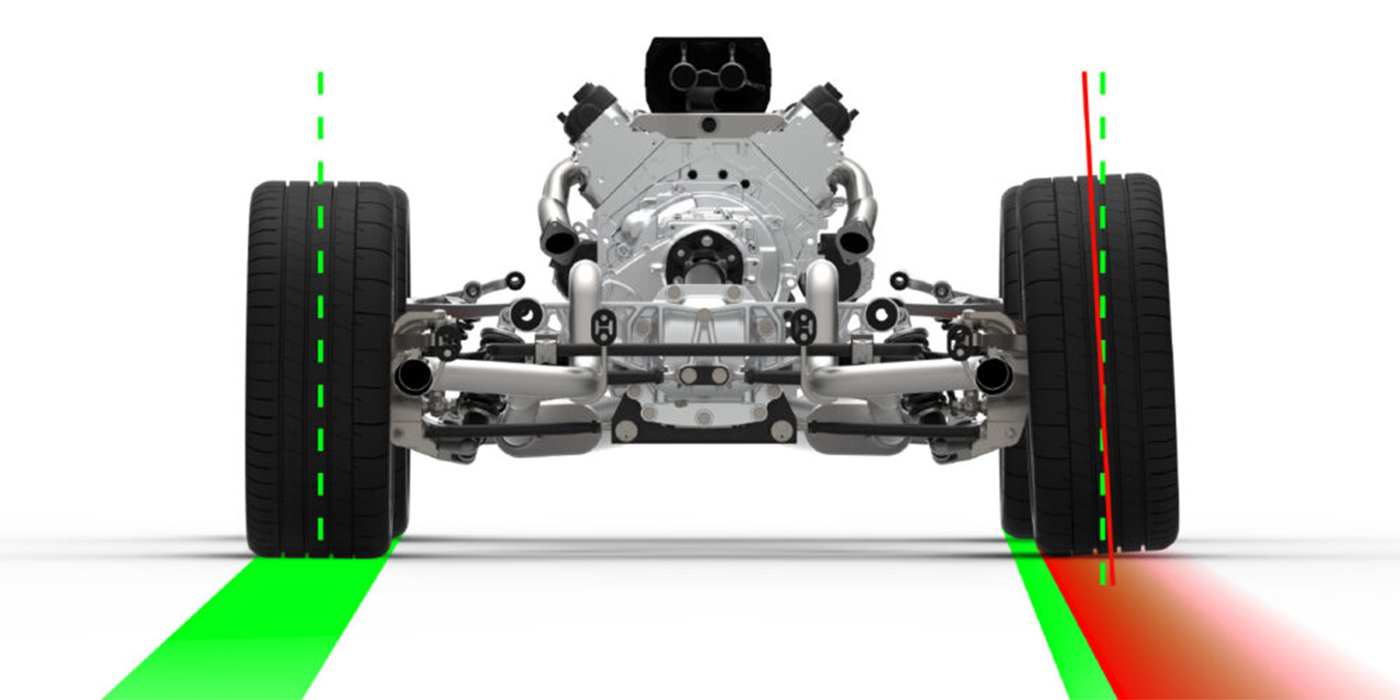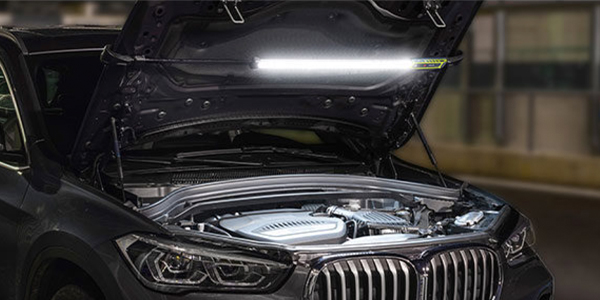In surveys performed by tire companies and industry associations, it is clear that anywhere from 30-50% of drivers have no clue about the TPMS warning light in their vehicles.
While that may seem like a travesty, it is not surprising. This lack of education is your chance to be the first contact for TPMS education. This is not an evangelical mission, but it is a way for you to increase customer loyalty.
Just put yourself in the customer’s position. It could be a cold morning, and a strange light comes on in the dash. The engine is running just fine. After a short distance, the warning light goes out. The owner has no clue what is in the owner’s manual about the tires or if there is even an owner’s manual in the glove box. But, the TPMS light bugs them enough that they might take their car in for service at your shop.

Customers can be reluctant to service TPMS for many reasons. They might not have the time, the money or they might not understand the benefits enough to care about whether or not they have a working system. If you were in their shoes, you might have felt the same way before you knew anything about TPMS. There are a few things you can do when talking to a reluctant customer to help them understand the benefits of TPMS and hopefully agree to invest in and maintain a correctly functioning TPMS system.
If you understand why they are refusing the service, it will immediately tell you if it is worth pressing the issue or not. If it is a cost issue and they just can’t afford the unexpected expense, your hands are tied. Give them a printed handout about TPMS and follow up with them in a few weeks via direct mail, or send an email reminding them that you are able to service their system if their financial situation changes.
If they just can’t seem to justify the investment, this is where you have an opportunity! Explain all of the benefits of a properly functioning TPMS system: safety, better gas mileage, better handling, better braking distance, environmental benefits, etc. The customer purchased their vehicle with a functioning system. The small investment needed to maintain it is worth the benefits.
If it is a time issue, explain that it takes less time to service the system now than to get a flat tire on the side of the road and have someone come pick them up. This is also an opportunity to upsell the other three sensors in the vehicle because if one battery has died, the other three are soon to follow, which will take even more time later.
It’s Not About the Sale
A customer’s guard will come down if they feel you are genuinely trying to help them and not simply trying to make the sale. Do they have a busy job? Tell them that TPMS keeps them from having to worry about their tires, all the information they need is displayed for them on their dash. Do they have kids? Tell them about the safety benefits. Find their unique trigger and bring them into the conversation. People buy from people they like and trust. The more you get to know them, the more they will trust your opinion.
Stay Positive About TPMS
Nothing will solidify their reluctance faster than you agreeing that having to maintain the system is a giant pain. TPMS is mandated in the U.S., Europe and soon China for a reason: tire safety and maintenance is vitally important – not only to the driver’s safety, but also for the safety of their passengers and others on the road.
It might help to compare it to other safety features on vehicles. If the airbags needed to be maintained, wouldn’t that feel like a priority? What about seatbelts? These are all safety systems put in place that you don’t really care about until you need them. It takes just one accident to take a life, and TPMS is one of many vehicle safety features that can help prevent tire-related accidents.
The rule of thumb here is to relate to the customer. TPMS has enough benefits to pertain to most drivers, you just have to find out which one is the winner. Make the conversation about helping the customer and always stay positive about TPMS as a category.
Building a tire fill station at your shop can bring many benefits. First, it will keep customers coming back to your shop. Second, it can save your staff from topping off tires. Third, it can be an educational instrument to teach customers about proper tire and TPMS management. Last, it can help attract other business. The station can also be used as an educational tool around TPMS and proper tire management.
If you are considering installing a tire fill station in your parking lot, here are five suggestions to ensure that the station works for you and that your customers have a positive experience.
1. Don’t assume they know how to use an air pump. Provide clear, simple instructions.
2. Include a brief explanation about their TPMS light and how to tell if it is an air pressure issue or if it is a system issue. Explain that they need to turn the car off and on to see if the TPMS light blinks before remaining solid. If it does blink, the tires don’t necessarily need air. They should go into your shop and discuss their options. If the light is solid, then they can assume the tire needs air. They should check all four tires and the spare against the suggested placard pressure. Include text that explains if the solid light still doesn’t go out after all four or five tires are filled to the proper placard pressure. Some vehicles need to be driven for a short amount of time to allow the sensors to read the tires and turn out the light.
3. Include an image and directions of where they can find their vehicle’s recommended placard pressure. On the image, place an “xx” next to the proper psi to avoid confusion that the displayed psi is the proper one for their vehicle. Make sure they know not to use the pressure indicated on the sidewall of the tire. A hot tire should be overinflated by 2-3 psi because when the tire cools down, it will go back to its normal pressure because the air expands in heat. For every 10 degrees of air pressure you go up or down, you lose or gain 1 psi.
4. Include a gauge on the station, whether it is a manual gauge chained to the station or a digital gauge. Do not assume all drivers carry one.
5. Make sure they check for valve caps and put them back on. If the valve cap cannot be removed, then they should go to the counter for assistance.

